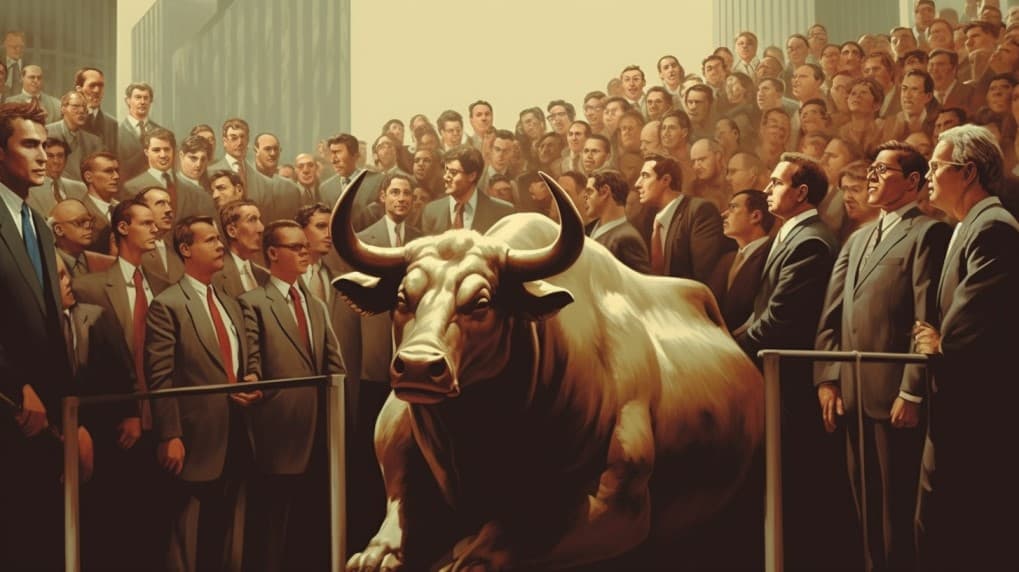
What is the BUFR ETF?
BUFR ETF: Overview
The BUFR ETF, also known as the Buffer ETF, seeks to offer investors exposure to the US large-cap equity market, specifically the SPDR® S&P 500® ETF Trust (SPY). What sets the BUFR ETF apart is its innovative strategy aimed at limiting downside risk while allowing potential for gains.
The essence of the BUFR ETF lies in its laddered portfolio of twelve FT Cboe Vest U.S. Equity Buffer ETFs (Underlying ETFs). This portfolio structure involves investments in multiple Underlying ETFs, each with varying target outcome period expiration dates. This strategy creates a rolling or "laddered" approach, where the Fund continually holds different Underlying ETFs with reset caps and refreshed buffers at different time intervals, ranging from one to twelve months. This approach aims to diversify investment time periods and mitigate the risk of depending solely on the performance of a single Underlying ETF.
BUFR ETF: Buffer and Cap
One of the most notable aspects of the BUFR ETF is its buffer and cap mechanism. Each Underlying ETF employs FLEX Options on SPY to implement a target outcome strategy. This strategy includes a buffer against the first 10% of SPY losses and a cap on upside potential. The buffer and cap are based on the price return of SPY over a designated one-year Target Outcome Period.
The "reset" process is crucial to the BUFR ETF's functioning. Approximately every 30 days, one of the Underlying ETFs undergoes a reset of its cap and refresh of its buffer. This approach enables the Fund to potentially benefit from future appreciation in SPY and provides downside protection, as one of the Underlying ETFs always has a refreshed buffer based on the current price of SPY.
[Image placeholder]
BUFR ETF: Benefits and Considerations
The BUFR ETF offers several potential benefits to investors. Its laddered approach helps manage timing risk, similar to laddered bond portfolios for fixed-income investors. By continually refreshing the buffer and cap of the Underlying ETFs, the Fund aims to capture upside potential and mitigate downside risk.
However, investors should be aware of certain considerations. The BUFR ETF's returns may be limited to the caps of the Underlying ETFs, and it might not fully benefit from the Underlying ETF buffers. Additionally, market movements can result in temporary larger exposures to certain Underlying ETFs, influencing the Fund's returns.
BUFR ETF: Conclusion
In the dynamic realm of finance, innovative instruments like the BUFR ETF offer a new perspective on balancing risk and reward. With its laddered portfolio of Underlying ETFs, buffer and cap mechanisms, and continuous reset approach, the BUFR ETF presents a distinctive strategy for investors seeking exposure to the US large-cap equity market while aiming to limit downside risk.
Disclaimer: This article does not provide investment advisory services.
In conclusion, the BUFR ETF stands as a testament to the creative approaches being explored in the world of finance. By understanding its strategies and mechanisms, investors can make informed decisions about whether the BUFR ETF aligns with their financial goals and risk tolerance.
Sources:
FT Cboe Vest U.S. Equity Buffer ETF Prospectus
SPDR® S&P 500® ETF Trust Information
First Trust Advisors L.P.
Cboe Vest Financial LLC
Disclaimer: This article is for informational purposes only and does not constitute investment advice. Investing involves risk, and individuals should conduct thorough research and consider consulting with financial professionals before making investment decisions.
BUFR ETF issuer
BUFR ETF official page
BUFR quote and analysis
Discover the top holdings, correlations, and overlaps of ETFs using our visualization tool.
Our app allows you to build and track your portfolio.
To learn more about the BUFR FT Cboe Vest Fund of Buffer ETFs, access our dedicated page now.
FAQ
What is the BUFR ETF?
BUFR ETF, is an exchange-traded fund that provides investors with exposure to companies operating in the relevant sector.
What is the underlying index that the BUFR ETF aims to track?
BUFR ETF aims to track the performance of a specific index, which includes companies involved in various aspects of the relevant industry.
What types of companies are included in the BUFR ETF?
BUFR ETF includes companies from the relevant industry, which may consist of specialized firms, equipment manufacturers, and other related entities.
How does the BUFR ETF work?
BUFR ETF functions by pooling investors' capital to purchase a diversified portfolio of related stocks, aiming to replicate the performance of the underlying index.
What are the advantages of investing in the BUFR ETF?
Investing in the BUFR ETF offers exposure to a specialized sector with potential for growth and innovation. It allows investors to diversify within the industry, which could experience significant advancements and expansion in the future.